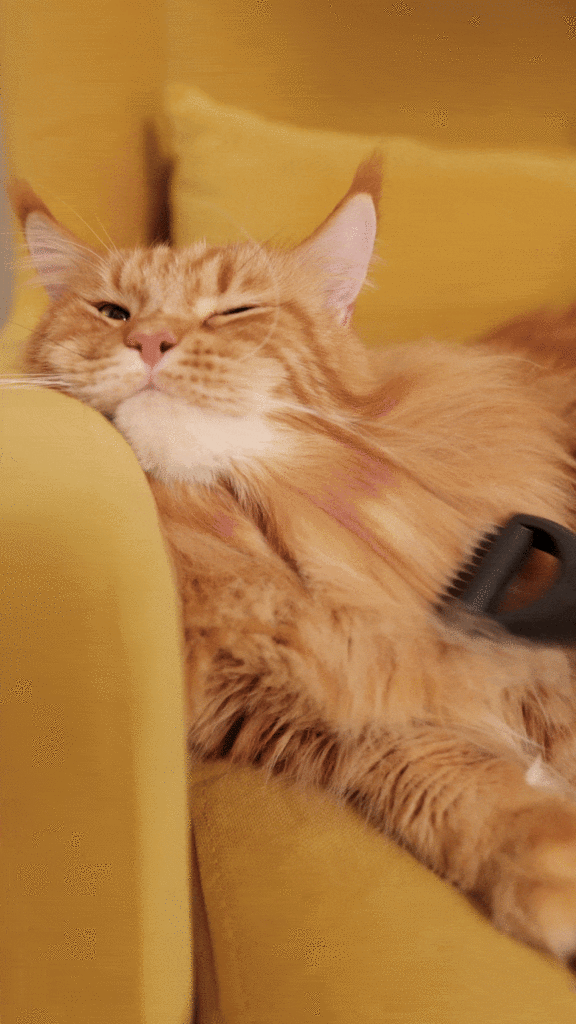
Serious Tips for Grooming Maine Coons: How to Keep Them Looking Fine
If you own a Maine Coon, you already know their coat is part of their magic. Long, flowing, and water-resistant, it’s one of the most striking features of the breed—and one of the most misunderstood.
While their coats look dramatic, proper grooming isn’t about perfection or show standards. It’s about keeping your cat comfortable, healthy, and free from painful mats or tangles.
This post walks you through serious, real-world grooming tips for Maine Coons—straight from the perspective of people who live with the breed every day. Whether you’re a first-time owner or have lived with these gentle giants for years, this guide will help you build a grooming routine that works for both of you.
Understanding the Maine Coon Coat
Maine Coons have what’s called a semi-long coat, meaning it’s long in some areas and shorter in others. It naturally repels water and dirt, which makes it lower maintenance than you might expect—but it still requires regular attention.
The coat has three layers:
- A dense undercoat for insulation.
- A longer, coarser outer layer that provides protection and that signature shine.
- Guard hairs that add volume and help the coat resist moisture.
This combination is part of what allows Maine Coons to live comfortably in colder climates, but it also means they can develop tangles if not brushed routinely.
Read next: Best Home Setup for Maine Coon Cats and Popular Maine Coon Kitten Colors
Why Grooming Matters Beyond Appearance
Grooming is more than keeping your cat pretty—it’s essential health care.
Regular brushing and coat checks prevent:
- Painful mats that pull at the skin and cause irritation.
- Hairballs, especially during seasonal shedding.
- Fur buildup around sanitary areas.
- Infections from dirt, debris, or trapped moisture.
Grooming also builds trust. Maine Coons enjoy routine and human connection. Over time, your grooming sessions will become bonding moments rather than chores.
Related post: Maine Coon Personality and Temperament
1. Start Early and Keep It Consistent
The best way to make grooming stress-free is to start when your cat is young. Maine Coon kittens are naturally curious and adaptable, which makes them more accepting of new sensations.
Brush them gently for a few minutes at a time. Let them sniff and paw at the brush. Reward them with praise or treats.
Once they’re used to it, keep grooming sessions short but regular—about 10 minutes, 2 to 3 times per week. Consistency prevents tangles and builds cooperation.
If you adopt an adult cat that isn’t used to grooming, take it slow. Patience is key.
2. Use the Right Tools for the Job
Not all brushes work for Maine Coon coats. The wrong tool can cause discomfort, damage fur, or simply not reach the undercoat.
Essential Grooming Tools
- Steel Comb: The most important tool. It slides through thick fur and helps find hidden mats.
- Slicker Brush: Great for removing loose undercoat and smoothing the outer layer.
- Dematting Rake or Tool: Use gently to break apart small tangles before they become mats.
- Grooming Glove: A good option for daily touch-ups and kittens that dislike brushes.
- Blunt-tipped Scissors: For trimming stubborn mats near sensitive areas like armpits or behind the ears.
Optional Tools
- Pet Dryer or Blow Dryer (low heat): Useful after baths to prevent dampness near the skin.
- Deshedding Tool (occasionally): Helps during heavy shedding seasons, but use sparingly to avoid removing too much coat.
Helpful read: Best Toys for Maine Coon Cats and Kittens
3. Focus on Problem Areas First
Maine Coons rarely mat evenly. Some areas require more attention:
- Behind the ears
- Under the arms
- Along the belly and sides
- Between the back legs
- Around the tail base
Work gently in these areas. If you find a mat, don’t tug or pull—it hurts. Instead, hold the fur close to the skin with one hand (to reduce tension) and work through it slowly with a comb or dematting tool.
If a mat is too tight or close to the skin, trim it carefully or ask a professional groomer for help.
4. Brushing Technique Matters
Brushing the top layer isn’t enough. The undercoat is where tangles begin.
Start by:
- Combing in the direction of hair growth.
- Then brush against it lightly to lift loose fur.
- Finish by smoothing the coat down again for shine.
Use slow, steady strokes rather than quick brushing. Talk to your cat as you groom—they respond to calm voices and gentle rhythm.
5. Bathing Maine Coons the Right Way
While not every cat needs regular baths, many Maine Coons actually enjoy water. Bathing can help during heavy shedding seasons or if the coat feels greasy.
How to Bathe a Maine Coon Safely
- Use lukewarm water.
- Apply a mild, cat-safe shampoo (formulated for long hair or sensitive skin).
- Rinse thoroughly to avoid residue.
- Towel dry gently, then finish with a low-heat pet dryer if your cat tolerates it.
Always reward them afterward with praise and calm cuddles. Make bath day predictable so they know what to expect.
Learn more: Best Home Setup for Maine Coon Cats
6. Manage Seasonal Shedding
Maine Coons have two heavy shedding periods per year—spring and fall. During these times, increase brushing frequency to every other day.
Shedding season is also the time to check for small mats that form quickly. Regular grooming prevents excess fur ingestion, which means fewer hairballs.
Adding a few drops of salmon or omega oil to their food can help improve coat health from the inside out.
Read Next: Are Maine Coon Cats Hypoallergenic?
7. Don’t Forget Nail and Paw Care
Your Maine Coon’s nails grow quickly and can become uncomfortable if left untrimmed. Aim to trim nails every 2–3 weeks. Use cat-specific clippers and go slow.
Their paws often have tufts of fur between the toes—this is normal and part of the breed’s weather protection. Trim only if it becomes too long or traps debris.
Inspect paws for dirt, litter, or irritation. Maine Coons are large cats that can carry extra weight on their paws, so clean, well-trimmed nails reduce joint strain.
8. Grooming the Tail and Ruff
The tail and ruff (the long fur around the neck) are iconic features of the Maine Coon. Keep these areas brushed frequently, especially during shedding season.
Be gentle—these hairs are decorative and can break easily if tugged. Use a wide-toothed comb or soft brush.
Never shave or heavily trim these areas unless directed by a vet. The ruff and tail help regulate body temperature and give the cat its signature look.
9. Check Ears, Eyes, and Teeth During Grooming
Your grooming session is the perfect time to check overall health.
- Ears: Should be clean and odor-free. Wipe gently with a damp cotton pad if needed.
- Eyes: Clear, bright, and free from discharge. A damp cloth can remove minor buildup.
- Teeth: Check for tartar and schedule regular dental care.
Catching small issues early prevents future health problems.
Read next: Maine Coon Personality and Temperament
10. When to See a Professional Groomer
Even with regular home care, some Maine Coons benefit from professional grooming a few times per year.
A groomer experienced with long-haired breeds can:
- Remove deep mats safely
- Give a sanitary trim
- Perform a gentle full-body wash and blow-dry
- Check for skin issues you might not see
Professional grooming is especially helpful for elderly cats or those with very dense coats.
11. Nutrition and Coat Health
Grooming starts from within. A balanced diet rich in omega-3 fatty acids, taurine, and high-quality protein supports a shiny, mat-resistant coat.
Avoid filler-heavy foods that can lead to greasy or brittle fur. Maine Coons benefit from slow, steady nutrition rather than diet changes.
If your cat sheds excessively or develops flaky skin, check with your vet—nutrient balance or allergies could be the cause.
Read more: Why Are Maine Coon Kittens So Expensive?
12. Common Grooming Mistakes to Avoid
Even experienced owners sometimes make small grooming errors that can cause stress or damage. Avoid these:
- Using a deshedding tool too often—it can strip protective fur.
- Shaving the coat unnecessarily.
- Brushing roughly or pulling mats.
- Bathing too frequently (can dry skin).
- Skipping undercoat brushing.
Gentle, consistent care is more effective than aggressive grooming once or twice a year.
13. Building Trust Through Grooming
For Maine Coons, grooming is an emotional experience. They are intelligent and sensitive, so how you handle them matters as much as what tools you use.
Keep your tone calm. Never rush. If they resist, take breaks. When you show respect and patience, your cat learns to relax and even enjoy the process.
Over time, you’ll find your Maine Coon will come to you when it’s time for grooming. That’s a sign of true trust—and the hallmark of a well-cared-for cat.
Learn More About Maine Coon Care
- Orange Maine Coon Guide
- Maine Coon Personality and Temperament
- Best Toys for Maine Coon Cats and Kittens
- Do Maine Coon Cat Shed?
- Black Smoke Maine Coon — Complete Breed Guide
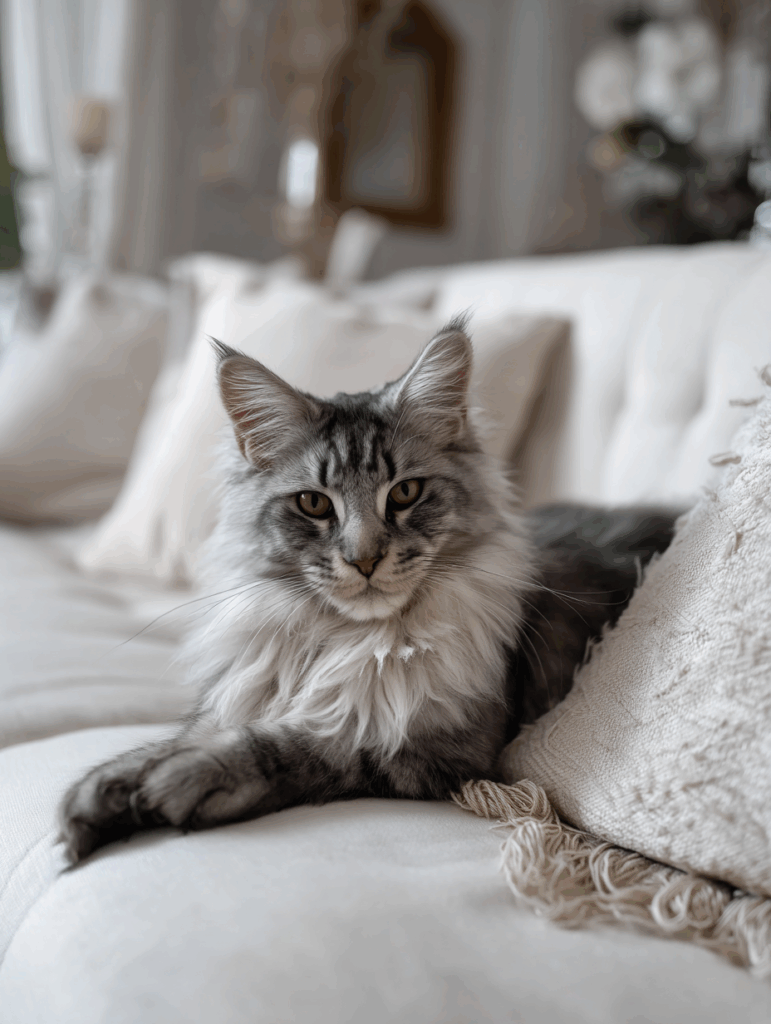
Grooming Maine Coons in Everyday Life
Hearing from other Maine Coon owners helps new cat parents understand that grooming routines can vary widely depending on coat texture, personality, and tolerance. Below are community-shared tips and personal experiences about managing different Maine Coon coat types, bathing frequency, and grooming habits.
How Often Should You Bathe a Maine Coon?
Many owners agree there is no need to bathe a Maine Coon frequently unless your cat is being actively shown or has gotten into something messy. Most Maine Coons do well with regular brushing and spot cleaning rather than full baths.
“There’s no need to bathe them that frequently unless they are a show cat. Most Maine Coons are a bit greasier than average cats but not enough to warrant over-washing. Regular combing is way more important.” — Community Owner Comment
Others share that starting kittens early helps them tolerate water, but routine bathing isn’t required for most cats:
“It’s great if your cat will tolerate a bath, and I recommend starting kittens early so they get used to it—but again, there’s absolutely no reason to bathe them bi-weekly or even monthly.”
Coat Texture Differences: Silky vs. Downy
Not all Maine Coons have the same coat texture. Some have silky fur that resists tangles, while others develop mats quickly due to a thick, downy undercoat.
“Some MCs have silky fur that doesn’t tangle easily, but others have a very puffy, downy undercoat that mats fast. My girl is the second type. I give her a quick comb-out daily on her belly, britches, and underarms, which helps keep mats away.”
“My older boy has that downy coat and gets so greasy—he mats like crazy. I give him baths once every month or two and added a degreaser recently. My younger Maine Coon has silky fur and barely mats at all, even with light brushing.”
This highlights that coat care frequency depends on individual genetics rather than a one-size-fits-all schedule.
Handling Baths and Mats Gently
Owners emphasize that Maine Coons need gentle handling and patience during grooming. Some cats resist baths entirely, while others tolerate them surprisingly well when introduced early.
“My cat hates baths, so when she got poop stuck on her backside, I had to get the vet to give her a hygiene cut. It was too stressful to try at home.”
“I started bathing mine as a kitten, so now he tolerates it well. I get in the tub with him and move him gently—he mostly just sits on my lap. He doesn’t love it but doesn’t panic either.”
If mats become a problem, owners suggest regular combing over shaving. In some cases, professional belly grooming helps when cats refuse brushing in sensitive areas.
The Importance of Regular Combing
Across all experiences, the strongest consensus is that consistent combing prevents nearly every grooming issue.
“I comb her every day—comb, not brush—to prevent mats. That’s the single most important thing. She goes to the groomer every 6–8 weeks for a sanitary trim, but I never let them cut her paw floof!”
“My groomer taught me to use a steel comb with 5mm pin spacing. Never use a Furminator. Metal combs are polished and glide through the coat better. Go gently and hold the fur near the skin to avoid pulling.”
“I’ve tried the Furminator, and it just doesn’t seem to do anything. The comb definitely works better.”
These comments reflect what breeders and professional groomers already know: a quality steel comb and gentle technique are far more effective than deshedding blades or over-trimming.
Sanitary Trims and Hygiene Care
Sanitary trims are common among owners who prefer to keep long fur clean without full shaving.
“My smallest cat gets little ‘poopy butt’ spots, so I do sanitary trims regularly. It keeps things clean and easier to manage.”
“My groomer gives a sanitary shave every 6–8 weeks to prevent cling-ons. They tried to bathe her once and she hated it, so now it’s just the trim and nails.”
Another owner added:
“The paw fur is supposed to stay long—it helps with cold weather. Never let anyone trim the paw floof!”
This advice reinforces that Maine Coons benefit from partial trims but should retain their natural coat features like ear tufts and paw floof.
Age and Coat Maintenance
Aging also affects coat texture and grooming needs.
“Younger kittens and teenagers don’t always need much brushing, but it’s best to get them used to it early. Older cats sometimes tangle more easily, especially on the belly and flanks.”
“My senior longhair didn’t need his first bath until he was 13 and had an illness. Before that, brushing kept him spotless.”
Routine, age-appropriate care keeps Maine Coons comfortable at every life stage.
Grooming Tools and Techniques
Experienced owners recommend using professional-quality grooming tools and avoiding shortcuts that can damage fur.
“Use a steel comb and a hook trimmer for the belly and sides. Hold the fur near the skin so you don’t pull. Don’t use a Furminator—it’s inferior to combs and cats hate it.”
“If you find a tough mat, work from the edges toward the middle. Never pull straight through. Patience is everything.”
Many also share that two comb types—a detangling comb for problem spots and a soft-spaced comb for the topcoat—work best for everyday grooming.
Seasonal Grooming and Summer Care
Warm weather brings more shedding, and some owners choose partial clipping in the summer to prevent matting.
“We get a groomer to shave his belly and armpits in the summer—it massively helps with mats. I’ll keep doing it every year.”
This kind of light maintenance helps the cat stay comfortable while keeping the natural coat intact.
Clarifications on Maine Coon Grooming
How often should a Maine Coon be brushed?
At least two to three times per week for silky coats, and daily for dense or downy coats. Regular combing prevents tangles better than any deshedding tool.
Do Maine Coons need regular baths?
Only occasionally. Most owners bathe their cats every few months or only when necessary. Frequent baths can dry the coat and skin.
What grooming tools do experts recommend?
A stainless-steel comb, slicker brush, and dematting tool are the essentials. Avoid Furminators or razors, which can damage the protective coat.
What is a sanitary trim, and is it necessary?
A sanitary trim keeps the rear and belly fur clean. It’s common for cats with thick britches or older cats with mobility issues.
What’s the biggest mistake owners make?
Waiting until mats form before grooming. Gentle, consistent maintenance is far easier on both you and the cat.
Final Owner Advice
The consensus among experienced Maine Coon owners is clear:
- Regular combing matters more than bathing.
- Avoid harsh tools like the Furminator or razors on long coats.
- Professional grooming can help for bellies, britches, and sanitary trims.
- Start early so kittens grow up relaxed around brushes and baths.
- Respect their personality—each Maine Coon has different comfort levels.
These practical, community-based insights reflect what long-term breeders already know: grooming a Maine Coon is about consistency, patience, and kindness—not force or perfection.
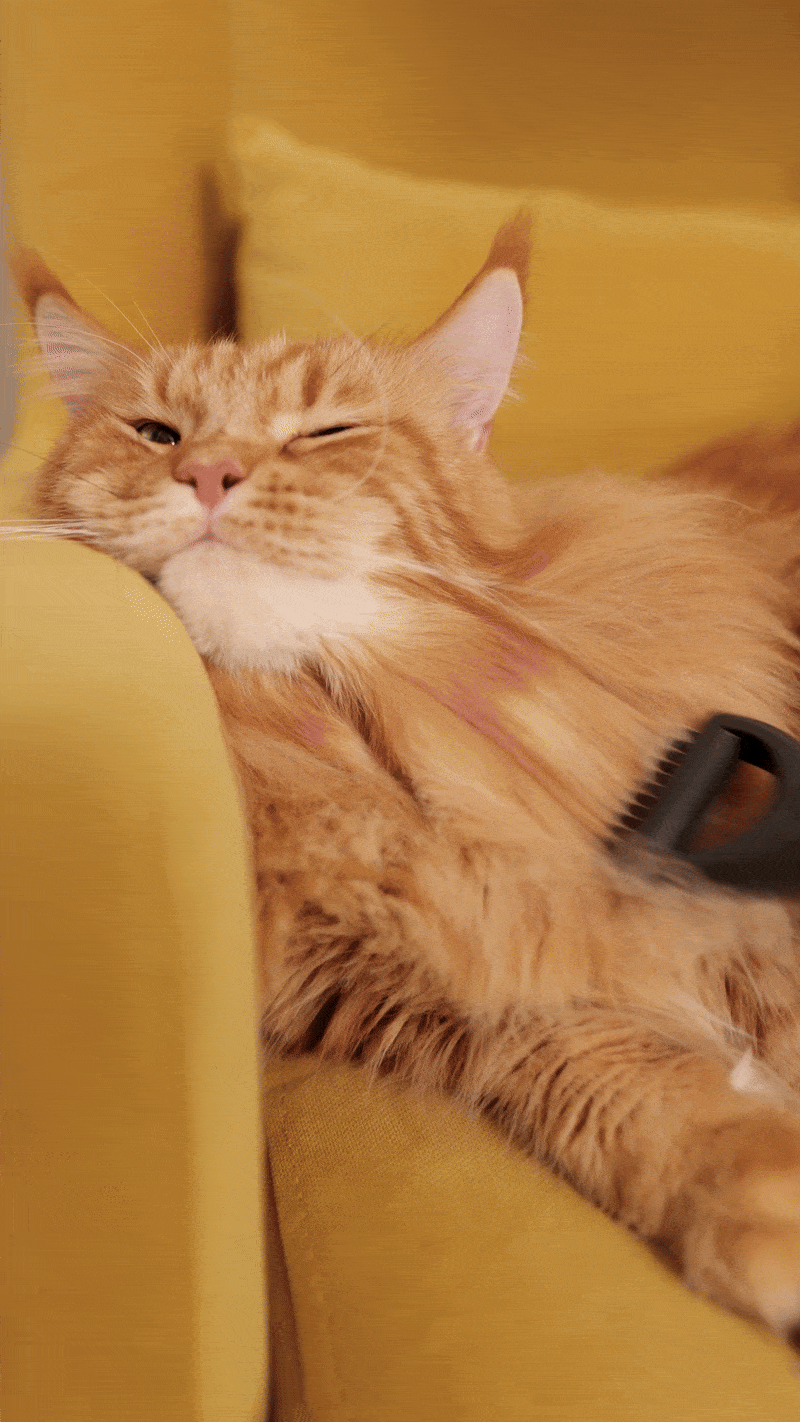
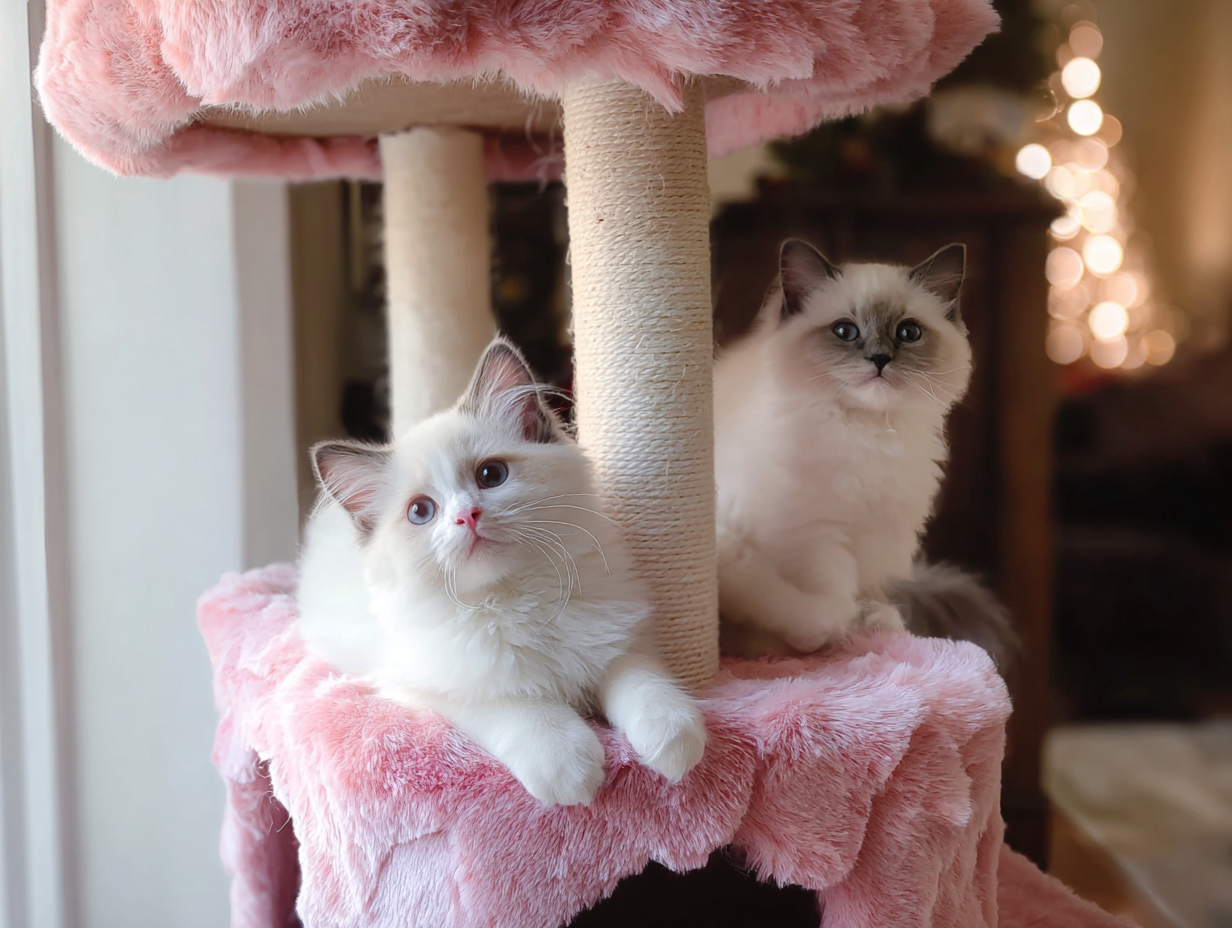
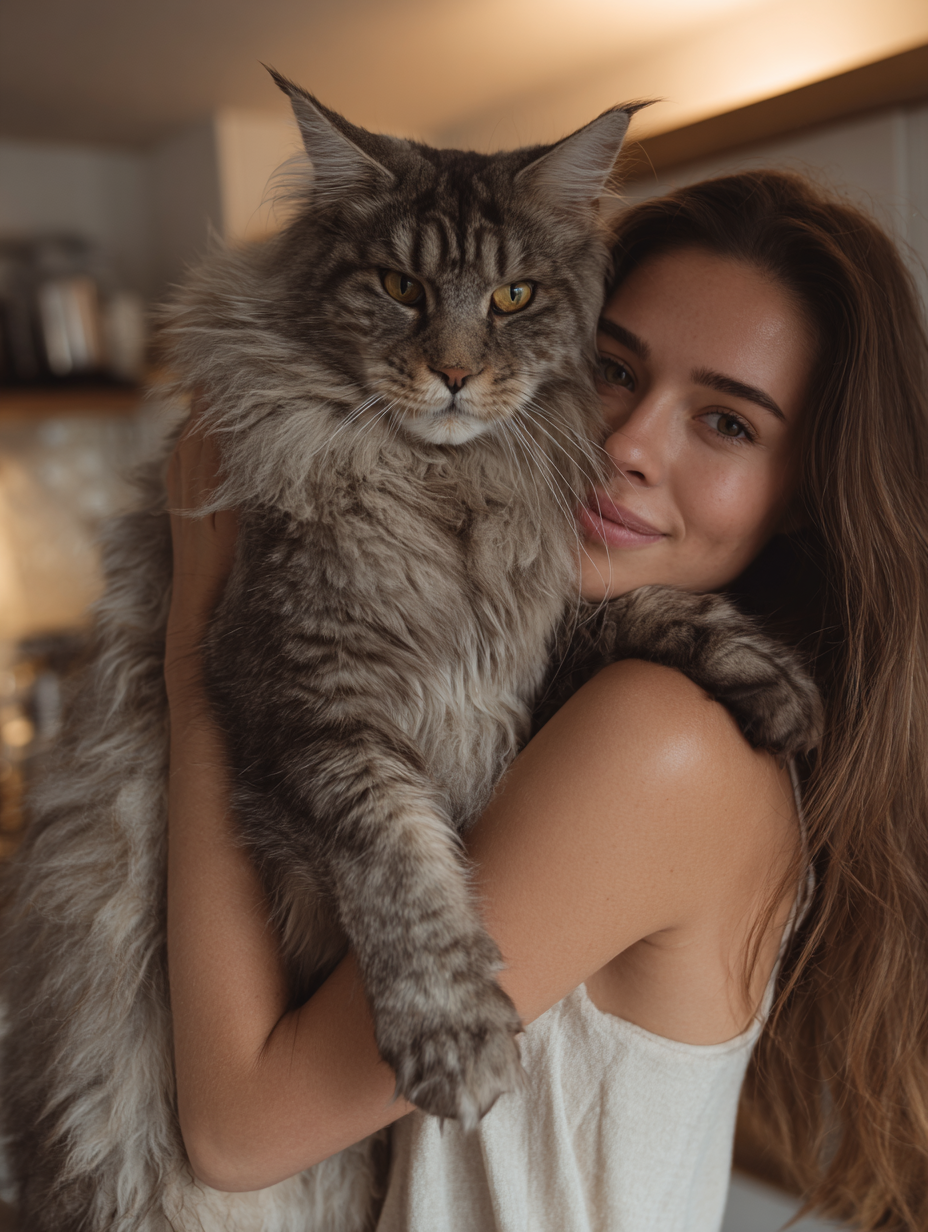


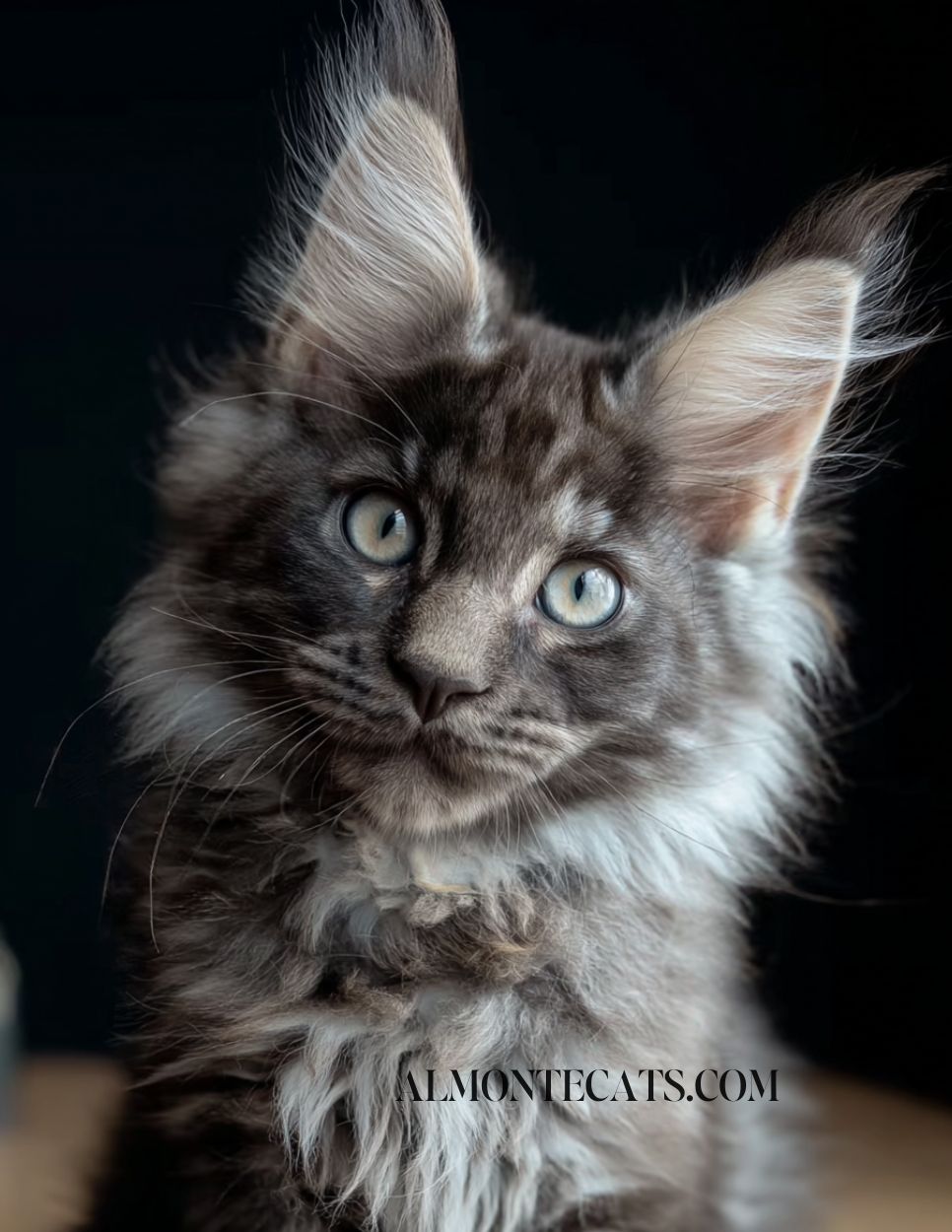
Read the Comments +